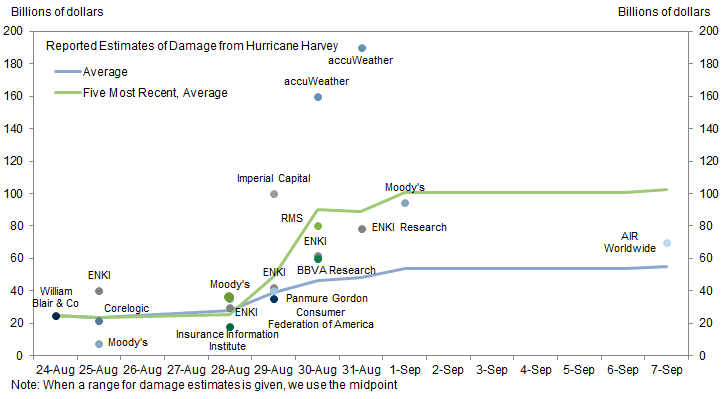After tumbling last week on concerns that between damage from Harvey and Irma, losses for the P&C space would be devastating, today the broader insurer space is breathing a sigh of relief after the Hurricane’s damage reportedly underwhelmed, especially following some especially dire observations over the weekend from the likes of Torsten Jeworrek, member of the board of the German reinsurance giant Munich Re, who on Sunday said that Hurricane Irma is proving to be a “major event” for Florida and the insurance industry.
As Reuters reported yesterday, Jeworrek and other insurance executives gathered in Monaco for an annual conference to haggle over reinsurance prices and strike underwriting deals. And even though Irma eventually skirted densely populated Miami, the Munich Re board member said that “Irma is still a major event for Florida and also a major event for the insurance industry.” When asked by journalists, Jeworrek also hazarded a rough guess for the insured losses for the global industry of Hurricane Harvey: he said that losses were estimated at between $20 billion and $30 billion, which would put the storm on a scale of Sandy.
That number will likely prove to be overly optimistic, because as Goldman showed yesterday, many estimates of Harvey damages rose sharply during the first week after landfall; however, most have now settled in the $70-100bn range (Goldman itself assumes $85bn). While the uncertainty around these figures remains high, it seems clear that Harvey’s aftermath will be particularly severe.

So with Harvey more or less quantified, the question then is what will Irma’s damage be? And it is here that some initial commentary from Credit Suisse explains (and may have sparked) a broad rally across the insurer sector.
In an overnight note from CS’ Ryan Tunis, the Swiss bank analyst writes that even as Hurricane Irma barrels up Florida’s Gulf coast, “insured losses are now expected to be less than many feared with modeling agencies in general agreement of a sub $60b number.”
As a result, Credit Suisse’s takeaway is that while Irma may be costly to reinsurer book values, the hurricane alone should not trigger the need for additional capital, and further expects tangible book value hits below 15% from Irma and Harvey combined. Of course, Tunis concedes that the capital raise conversation would likely be more pertinent should there be a “next catastrophe this year” or even another bad wind season in 2018. While projections for Hurricane Jose aren’t showing anywhere close to the amount of landfall risk that Irma had, but there are still a few projections of a potential threat to the US Northeast.









Leave A Comment